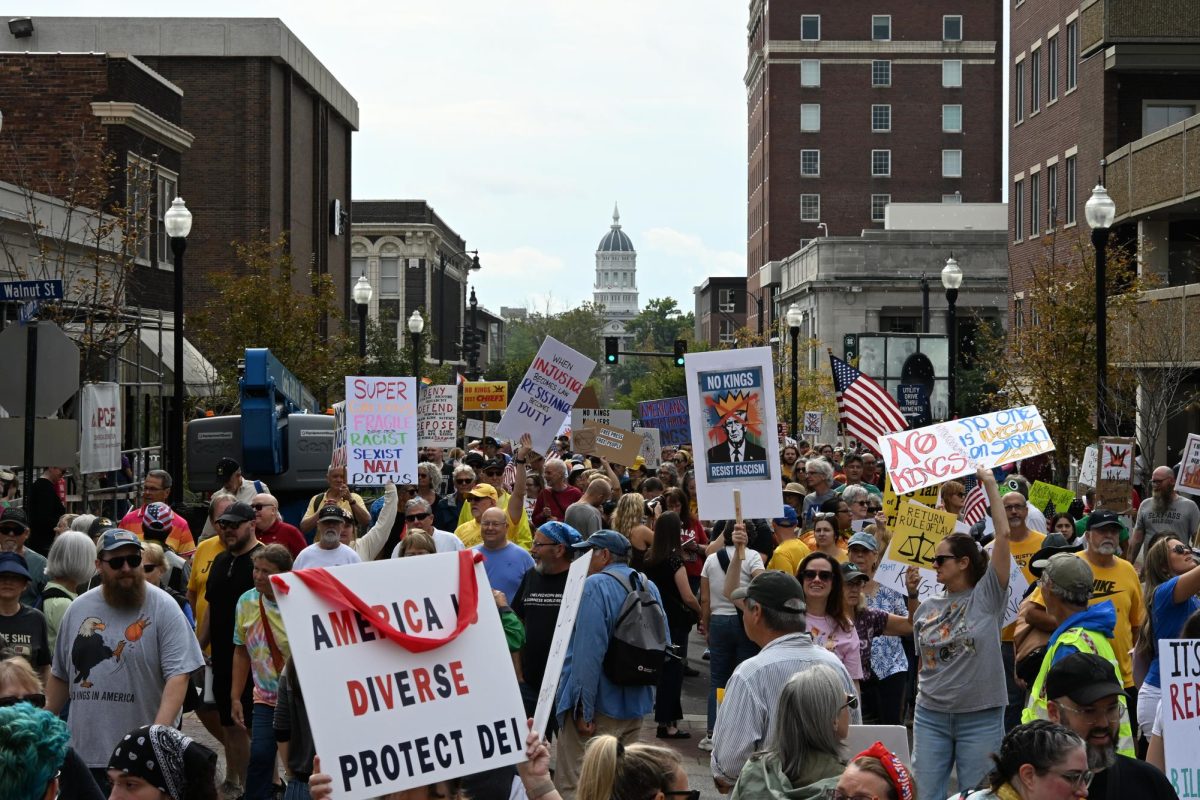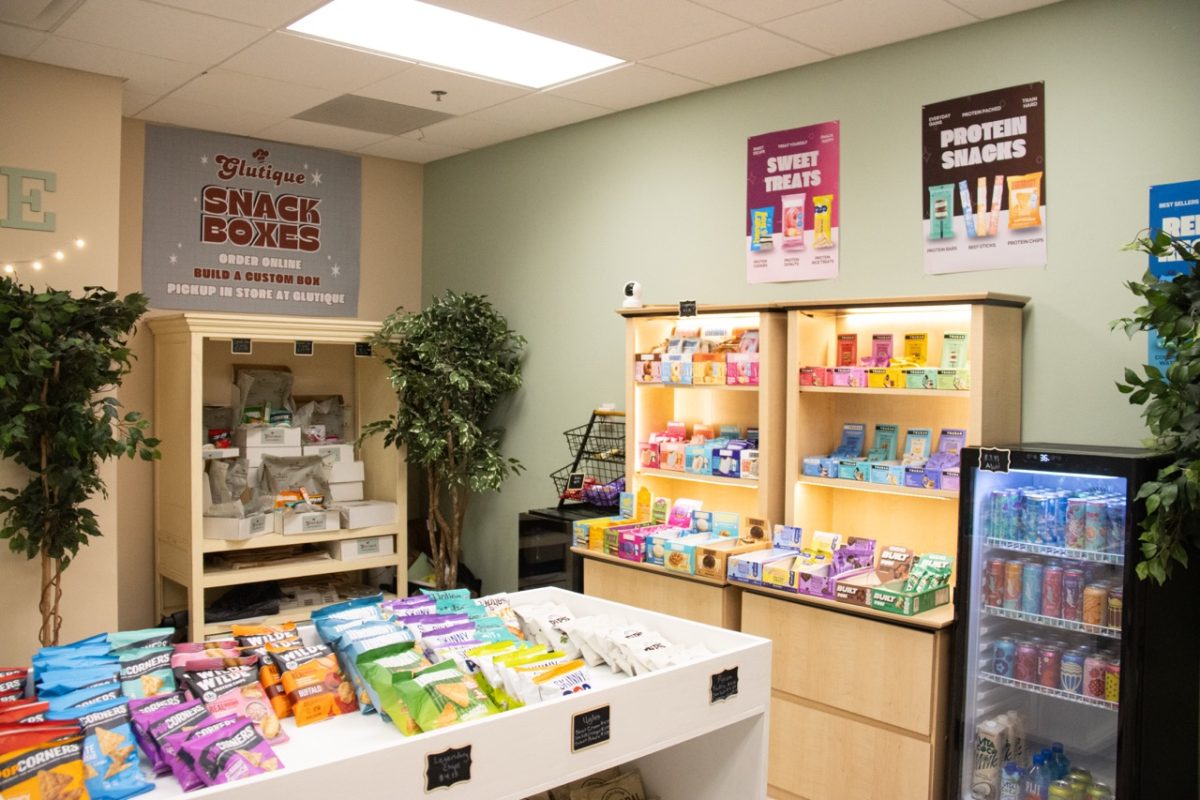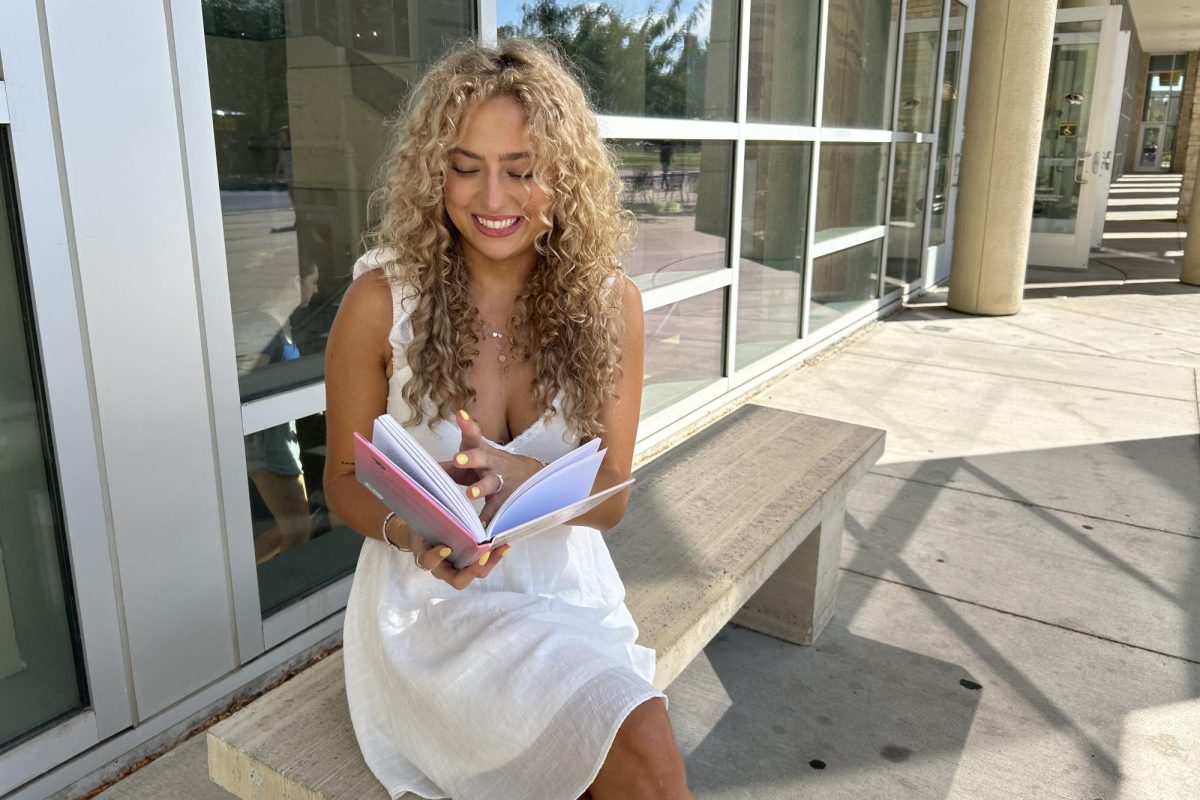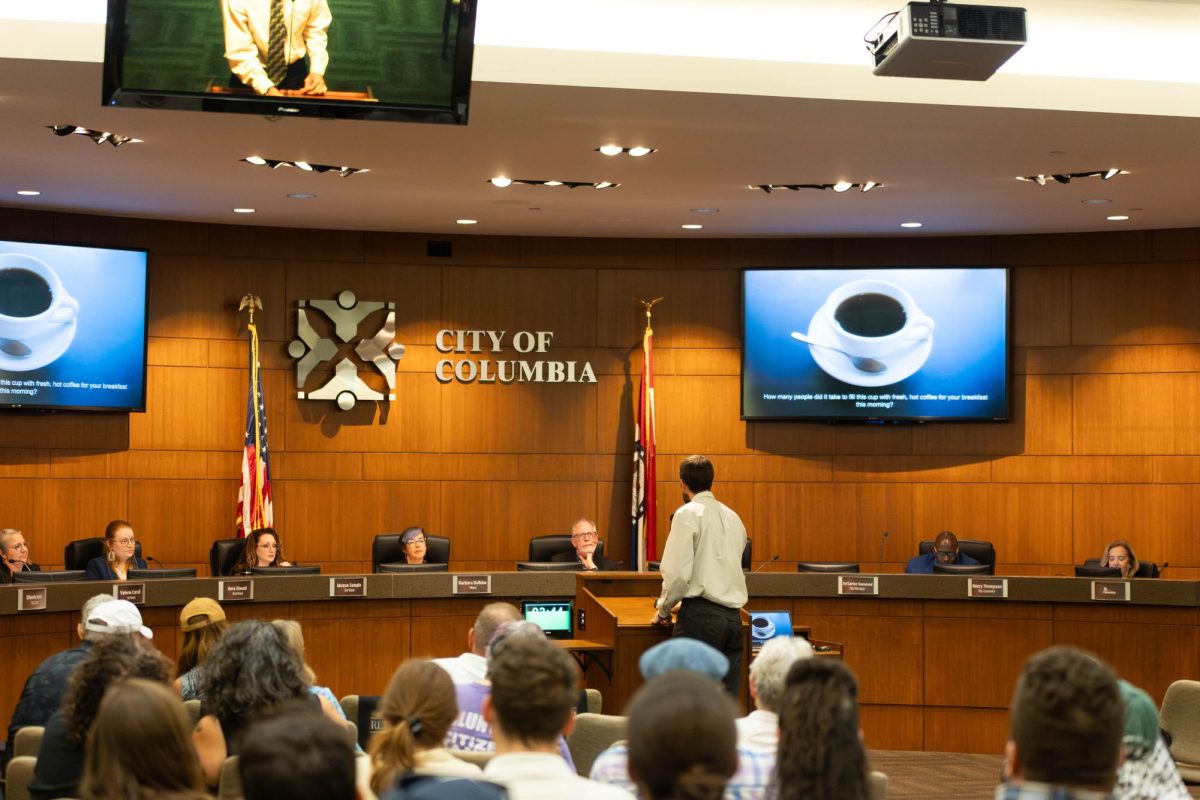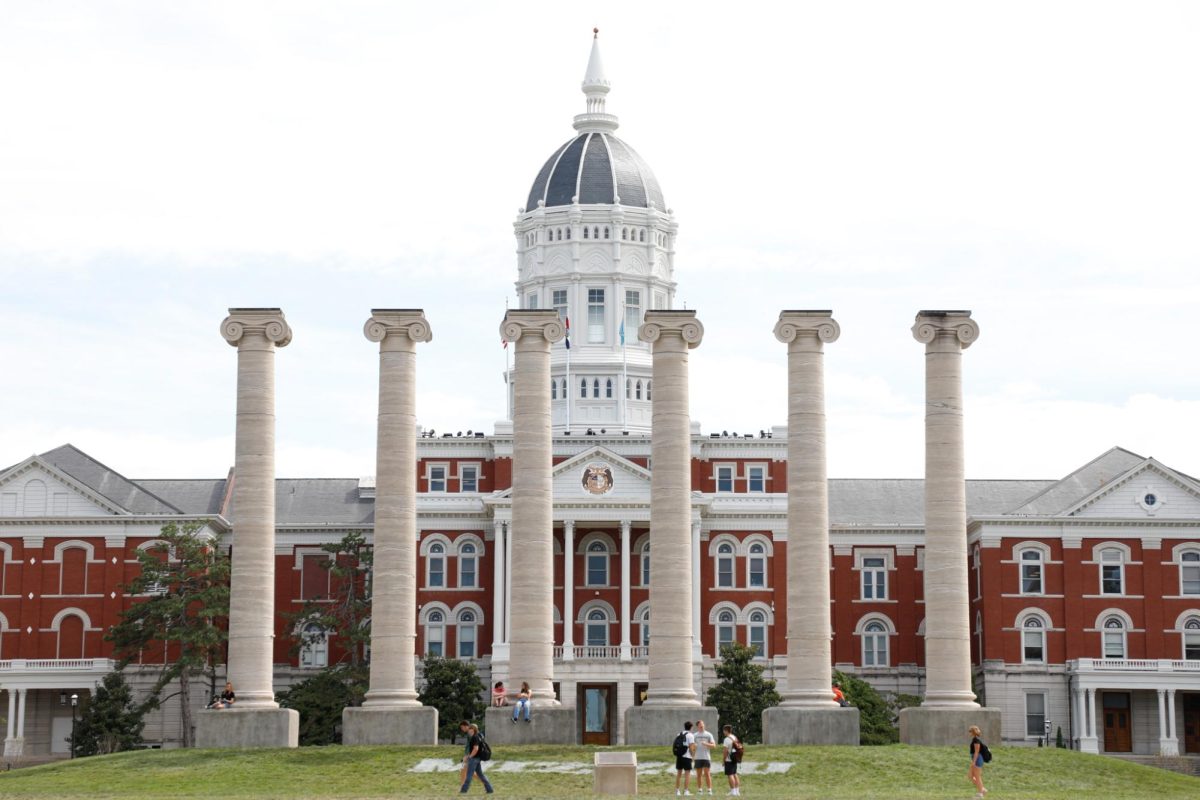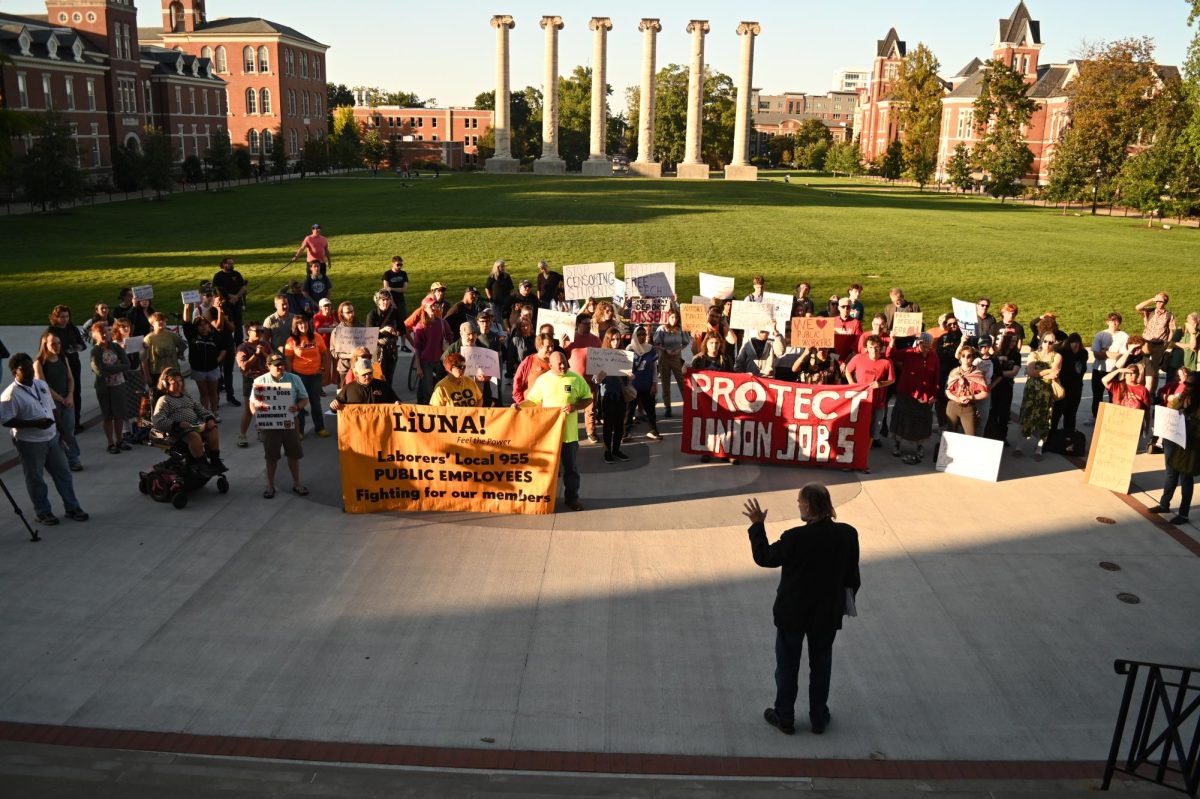As part of this year’s Citizen Jane Film Festival, the Stephens College film department hosted a reading at Skylark Bookshop to celebrate the release of their essay collection, “When Women Wrote Hollywood: Essays on Female Screenwriters in the Early Film Industry.” The book traces the lives and careers of 23 female screenwriters in the early 20th century, most of whom are rarely mentioned in today’s discussions of film history.
“When Women Wrote Hollywood” was spearheaded and edited by Rosanne Welch, who teaches History of Screenwriting in the college’s TV and Screenwriting Master of Fine Arts program. At the event, Welch told the audience that she got the idea for the book after reading work by her students, who research and write about a collection of lesser-known female screenwriters.
“I was so overwhelmed with how good the first set of essays were when I got them, because of the passion that the women and men who were part of this project put into it,” she said. “I thought, ‘Oh gee, we should have someone else read them besides me.’”
Nine of the book’s essayists were present at the signing to share brief histories of the women they wrote about, as well as their personal histories with these figures. The screenwriters mentioned comprised a wide span of Hollywood history, including Adela Rogers St. Johns (a columnist and self-proclaimed “mother of Hollywood” who served as an inspiration for “A Star Is Born”), Eve Unsell (who ran Paramount Pictures in England and mentored Alfred Hitchcock), Anita Loos (a satirist who wrote “Gentlemen Prefer Blondes”) and Francis Goodrich (who co-wrote “It’s a Wonderful Life”).
Many of the speakers noted that they were some of, if not the first writers to create detailed accounts of their subjects’ lives and works. Jackie Perez, who wrote about Ida May Park, told attendees that while Park wrote over 500 silent film scenarios and 50 screenplays, only six of these films have survived today.
“With that body of work, so much has been lost to time,” Perez said. “So, this book is great, because we’ve scoured the libraries and the Internet to find more information about her, and to have her story told.”
Welch shared that another challenge in publishing “When Women Wrote Hollywood” was finding photos of each woman who was profiled in the book, especially as many of them worked in the early 1900s. The search for these photographs led the team to Los Angeles’ Margaret Herrick Library, where many of the Academy’s archival records are preserved. Julie Berkobien, who wrote about Goodrich in the collection, was responsible for digging them out of the archives. Berkobien collaborated with Academy members and coordinators, including Academy scholar Cari Beauchamp.
“[A few of the photos] were just sitting in a box, not labeled,” Berkobien said. “So they’re labeled now, and I hope you’ll read the book, and you’ll know each woman by name and picture.”
“When Women Wrote Hollywood” is now available for purchase at Skylark Bookshop and all major book retailers, furthering the TV and screenwriting program’s goal of making room for historical female filmmakers in contemporary Hollywood discussions.
However, the collection’s aspirations might be best summed up by a quote read by essayist Laura Kirk — “While most of these women are not in the indexes of the history books, they merit our regard.”
_Edited by Siena DeBolt | [email protected]_


